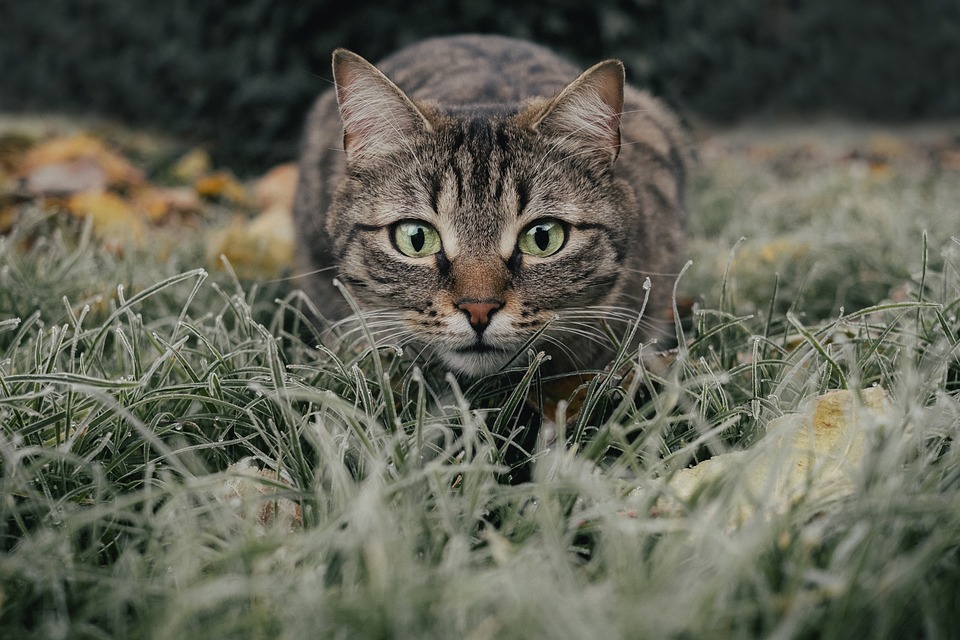Decoding Attention-Seeking Meows in Cats
Introduction:
– The Language of Cats: Meows as Means of Communication
– Unraveling the Mystery: Understanding Attention-Seeking Meows
I. Why Do Cats Meow to Seek Attention?
– The Natural Instinct: Mimicking Kittenhood Communication
– Seeking Companionship: Loneliness and Social Interaction
– Hunger or Thirst: The Plea for Food or Water
– Boredom and Playfulness: Craving Stimulation and Fun
– Medical Issues: Identifying Potential Health Concerns
II. Recognizing Different Types of Attention-Seeking Meows
– Pleasurable Purr: Contentment and Seeking Affection
– Demanding Meow: Insistent Pleas for Attention
– Distress Call: Recognizing Signs of Pain or Discomfort
– Annoyance or Irritation: Understanding Frustration in Cats
III. Responding to Attention-Seeking Meows: Tips for Owners
– Providing Adequate Social Interaction and Playtime
– Establishing a Routine: Consistency and Predictability
– Meeting Basic Needs: Feeding, Hydration, and Litter Box
– Creating a Stimulating Environment: Toys, Scratching Posts, and Perches
– Seeking Veterinary Advice: Addressing Medical Concerns
IV. Frequently Asked Questions about Attention-Seeking Meows
FAQs:
1. Why does my cat meow excessively for attention?
– Excessive meowing may indicate underlying issues such as anxiety, boredom, or medical conditions. It is essential to identify the root cause and address it accordingly.
2. How can I differentiate between attention-seeking meows and distress calls?
– Pay attention to the tone, pitch, and frequency of the meows. Distress calls are often higher-pitched, urgent, and accompanied by other signs of distress, such as pacing or hiding.
3. What should I do if my cat’s attention-seeking meows become bothersome?
– First, ensure that all of your cat’s basic needs are met. If the meowing continues, try engaging your cat in play or providing interactive toys to redirect their attention. Seeking veterinary advice is also advisable to rule out any underlying health issues.
4. Can attention-seeking meows be trained out of a cat?
– While you cannot entirely eliminate attention-seeking meows, you can modify their frequency and intensity through positive reinforcement training. Using rewards for desired behaviors can help redirect your cat’s attention and reduce excessive meowing.
5. Is it normal for older cats to start meowing for attention more frequently?
– Yes, as cats age, they may experience increased anxiety, cognitive decline, or age-related health issues, leading to more frequent attention-seeking meows. It’s important to consult with a veterinarian to ensure their well-being and address any potential concerns.
Conclusion:
Understanding your cat’s attention-seeking meows is crucial for maintaining a harmonious and fulfilling human-feline relationship. By recognizing the different types of meows and responding appropriately, you can ensure your furry companion’s needs are met and strengthen the bond you share. Remember, effective communication is the key to a happy and contented cat.








